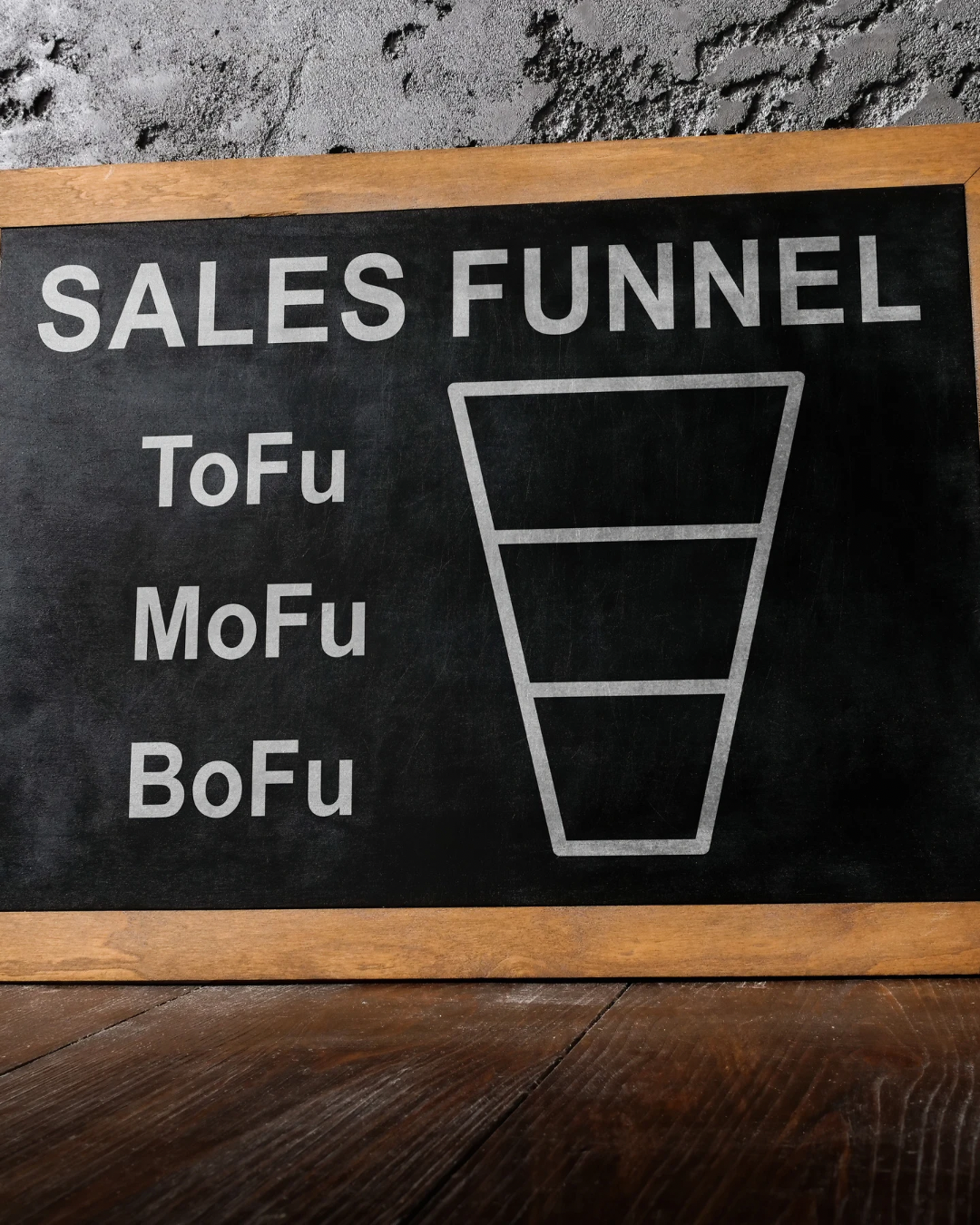If you’ve ever thought, “Everyone keeps talking about lead magnets and funnels… but what on earth are they?” — you’re not alone.
The good news? They’re much simpler than they sound. And once you understand them, they’ll help you save time, grow your audience, and get more customers — without feeling pushy.
So, what’s a lead magnet?
Think of it as a little gift 🎁 you give in exchange for someone’s email address.
It could be:
- A free checklist
- A short video tutorial
- A discount code
- A printable activity sheet
Example (children’s activity business):
You could offer “10 Rainy Day Play Ideas” as a free PDF. Parents who download it are clearly your ideal audience (because they’re looking for things to do with their kids).
Instead of just saying “join my newsletter”, you’re saying “here’s something useful for free — and I’ll send you more tips if you’d like.”
And what’s a funnel ?
A funnel is simply the journey someone takes from finding you → to trusting you → to buying from you.
Imagine it like this:
- Top of the funnel: People find you (Instagram, Facebook, word of mouth).
- Middle of the funnel: They grab your lead magnet, join your email list, and start hearing from you regularly.
- Bottom of the funnel: When they’re ready, they buy from you — maybe a class, a membership, or your VA services.
That’s it. Nothing scary. Just a gentle way to take people from “stranger” to “happy customer.”
Why they matter (especially for busy mums in business)
- You’re not relying on the algorithm — you’re building your own list of people who actually want to hear from you.
- You save time — your funnel is working in the background, even while you’re doing the school run.
- You get to nurture relationships — by showing up with value before ever asking for a sale.
How to get started (super simple version)
- Pick your lead magnet — keep it quick and easy (a 1-page checklist is perfect).
- Choose a tool — Mailerlite, Mailchimp or Funnel Sketchers make it easy to collect emails.
- Set up your freebie delivery — upload your PDF and connect it to your sign-up form.
- Write 2–3 welcome emails — introduce yourself, give a quick tip, and let people know how they can work with you.
- Share it everywhere — put the link in your Instagram bio, Facebook groups, and even on printed flyers.
A quick example
- Lead Magnet: “Busy Mum’s Social Media Planner — 10 Prompts You Can Post This Week.”
- Funnel: A mum sees it on Instagram → downloads it → gets a welcome email with 3 tips → next week she sees your invite to book a discovery call.
See? Simple.
Final thoughts
Lead magnets and funnels aren’t about being salesy. They’re about building trust, helping people, and making it easier for the right customers to find you.
So next time you hear the word “funnel,” don’t picture some giant, complicated system. Picture a friendly little pathway you’ve set up — one that guides people from “I like what she’s saying” to “I want to work with her!”

Leave a Reply